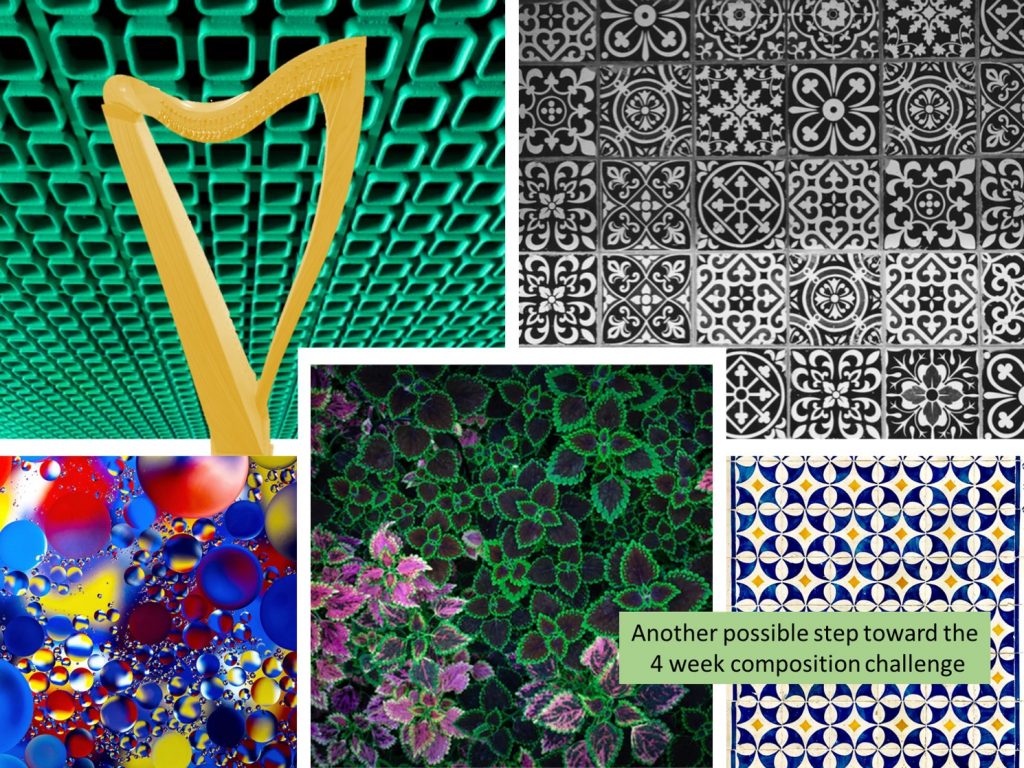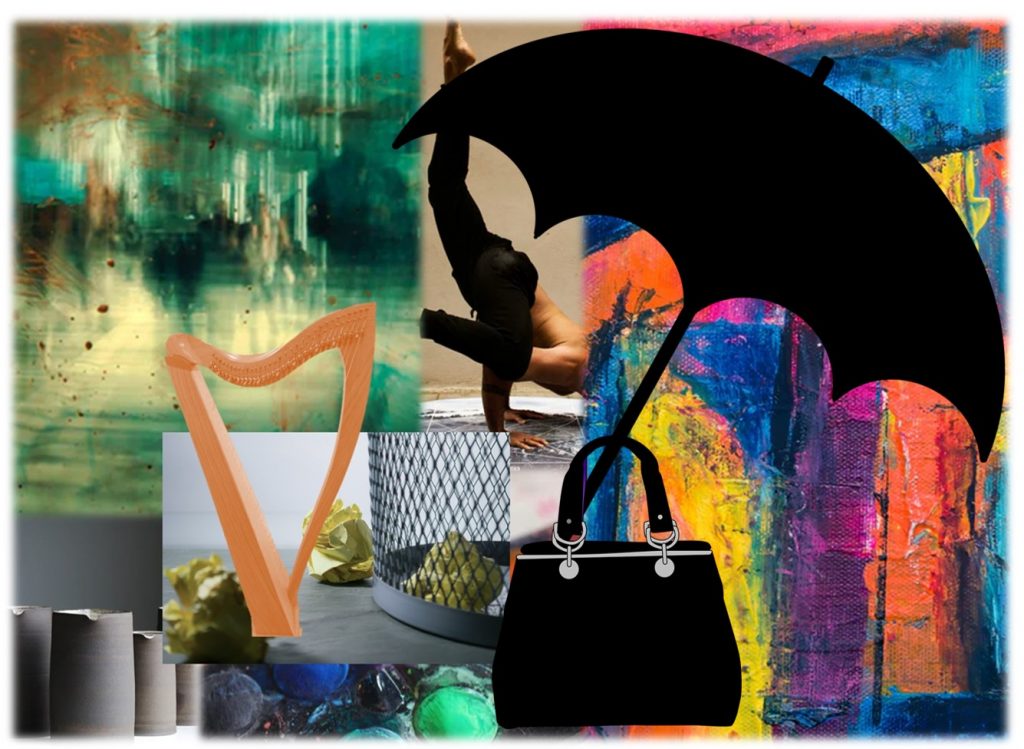Ostinato as meditation – you know, like in Ahhhh-stinato!
One thing I love about ostinato is its origin – it is from the Italian…for obstinate! Which is exactly what you need to be to get this very useful element locked into your head and your fingers. An ostinato is a pattern that repeats and can be a repetition of pitch or of rhythm. And while some people find them terrifying, there’s another way to look at them.
The fabulous Maeve Gilchrist is a wizard of ostinato (check out her book Rhythm and Hand Separation Exercises and Etudes Book 1). She has worked hard to master all sorts of patterns and she is rock solid. One of the things I love about her playing is the unexpected things she can weave over that bass pattern – and you the listener can just sit back and enjoy, buoyed and comforted by that underlying rock of sound.
Because ostinato is difficult time consuming to get solid, many people avoid it. But it totally worth the time. A real challenge though, is to first focus on the ostinato itself. It is very easy to think you’ve got it when it’s not quite there. And it does take a little grit and determination – because it’s like other foundational elements – it has a hard slog in the middle where you feel stuck. But you will get there if you keep at it.
 Nope, I’m not going to tell you it’s worth the time because it’s useful or builds strong finger or hones your rhythm (although it does).
Nope, I’m not going to tell you it’s worth the time because it’s useful or builds strong finger or hones your rhythm (although it does).
Ostinato is a great tool, once nailed down, to check out.
What?!?!?
Yup, think of it as a meditative thing. Once you have got the basic idea inculcated, you don’t really need to watch the pot (so to speak). And that frees up space capacity in your brain so you can do one of a couple of other things:
- Just rock the ostinato and let your mind wander around. Make it a meditation. Really.
- What might be cool if you put that pattern with it? Where would you go? How might you get there? This could lead to noodling and eventually to a great improv, some really useful vamp or an entirely new composition (which you could also do by looking at great art, a la last week’s post).
- Once you have the pattern down, you can mess around with the pattern itself – see where that leads. You might find more cool stuff down that rabbit hole.
Start with an easy pattern – maybe an Alberti bass or find a pattern from an technique book), jut to get the idea. Keep working it. Maybe think about it as you noodle on the 4 week challenge we set last week. How might you noodle over that pattern? Give it some time and you’ll see how it can become hypnotic – go with it. Let it ride, find the ahhhhh and see where you end up.
And let me know where you end up in the comments below!


